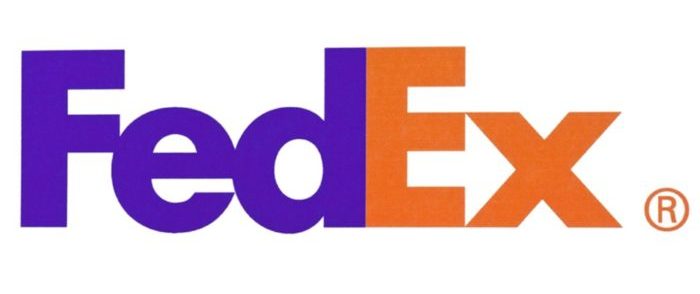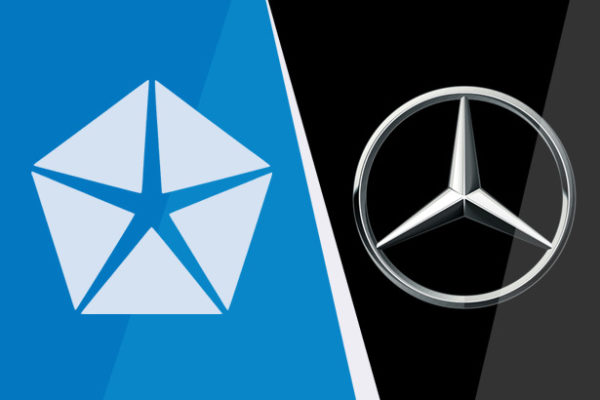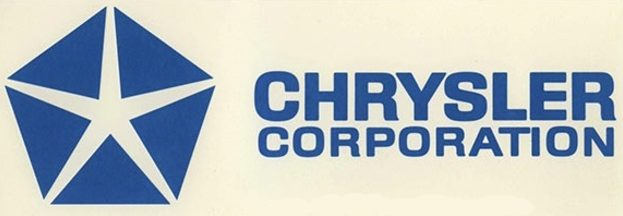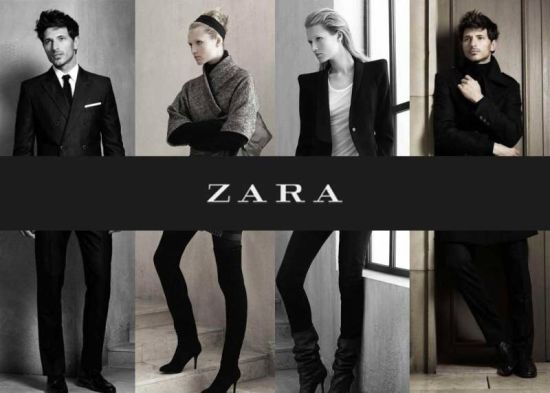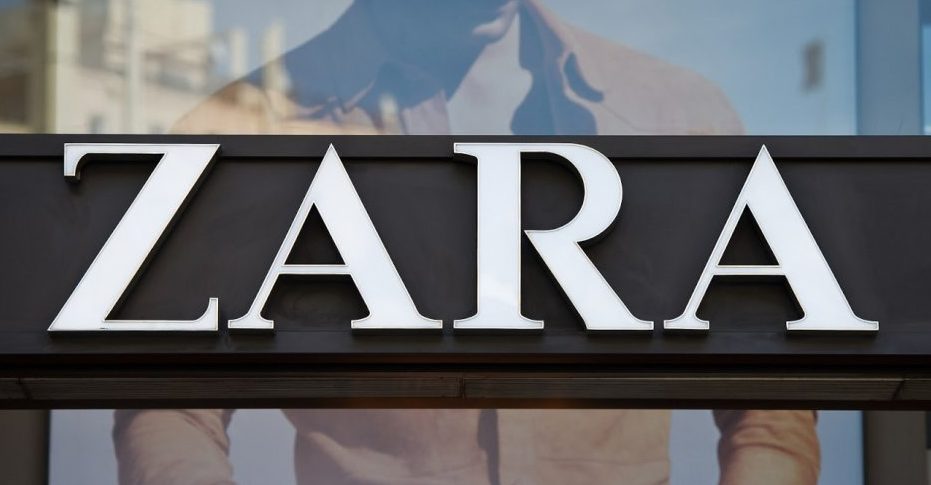Federal Express was founded in 1971 as the “big idea” of charter airplane pilot Fred Smith. It launched its overnight air express business in 1973, and just 10 years later, it was the first U.S. company to top $1 billion in revenues in its first decade. Today, FedEx (its nickname, “FedEx,” officially became the company name in 2000) is the world’s largest express transportation company-almost 196,000 employees move more than 3 million items to more than 200 countries each business day, up from 110,000 workers and 2 million packages just five years ago! In 1990, FedEx became the first service company to win the Baldrige Award. Since then, the company has expanded its ground delivery business by purchasing both Parcel Continue reading
Management Case Studies
Management case studies are real-life examples of issues and problems found in particular workplaces or business organisations. Case study assignments give the opportunity to relate theoretical concepts to practical situations. Most case studies are written in such a way that the reader takes the place of the manager whose responsibility is to make decisions to help solve the problem. In almost all case studies, a decision must be made, although that decision might be to leave the situation as it is and do nothing.
Case Study: The Merger between Daimler and Chrysler
DaimlerBenz AG of Stuttgart, Germany, and the Chrysler Corporation of Auburn Hills, Michigan, surprised the business world at a press conference in London on May 7, 1998, when they announced their “merger of equals made in heaven.” This major cross-border transaction, with an equity value of $36 billion, was the largest merger of its kind to date. Robert Eaton and Jürgen E. Schrempp, co-chairmen of DCX, announced their expectation that this deal would be “not only the best strategic merger or the best prepared merger, but also the best executed merger.” Daimler-Benz Chief Executive Jürgen Schrempp had concluded as early as 1996 that his company’s automotive operations needed a partner to compete in the increasingly globalized marketplace. Chrysler’s Eaton was Continue reading
Case Study: Turbulent History of Chrysler Corporation
In 1920, the president of Buick and Vice President of General Motors (GM) resigned his positions in the GM Corporation following political differences with founder and then-president of General Motors William Durant. This former automotive Vice President was promptly approached by a group of investors to focus his business acumen in the fledgling automotive industry on a small, financially troubled New York company called Maxwell Motor Corporation. The one-time automotive vice president was installed as president of Maxwell Motor Company. The man’s name was Walter Percy Chrysler. In short order, Walter Chrysler brought the Maxwell Motor Corporation out of bankruptcy. The financial improvement was due in large part to Mr. Chrysler introducing a new Maxwell model- the Chrysler Six. This Continue reading
Case Study of Qantas Airlines: Business Model and Strategies
The Aviation Industry has been one of the most dynamic industries in our history. From the development of the machines to the formation of a viable business model, the trials and road to success has been filled with little success and numerous examples of failure. One of the best examples of success in this volatile industry would be Qantas Airline. For nearly one hundred years, Qantas is one of the world’s oldest, most successful air carrier operations. Invoking a business model that has proven constant transformation and change is inherent to their success, Qantas has established itself as a global provider of commercial air services. The Qantas story is of success and adaptation to the ever-changing dynamics of the aviation Continue reading
Case Study of Zara: A Better Fashion Business Model
Zara is one of the most well known brands in the world and is also one of the largest international fashion companies. They are the third largest brand in the garment industry and are a unit of Inditex. It their flagship range of chain stores and are headquartered in Spain. Zara opened its first outlet in Spain in 1975. The headquarters of the company is based in Galicia. There are more than 2600 stores across 73 countries in the world. The Zara clothing line accounts for a huge bulk of its parent group’s revenues. There are other clothing brands owned by Inditex such as Kiddy ´s Class (children’s fashion), Pull and Bear (youth casual clothes), Massimo Dutti (quality and conventional Continue reading
Zara’s Lean Operation: Source of Competitive Advantage
Fashion giant, Zara, forms part of the retail group ‘Grupo Inditex’ which is one of the “largest, fastest growing and successful” clothing retailers across Europe. Grupo Inditex is formulated by an amalgamation of major high street names from across Europe, including Zara, Pull and Bear and Bershka, in total boasting 3,825 stores across 68 countries.Zara’s success story begins by offering a product range capable of catering for men, women and children, providing affordable and stylish clothes whatever the season. Coupled with this, is their keen eye for discovering new fashion trends and translating these trends from the catwalk to the high street, both quickly and affordably. Zara boasts a marketing strategy of firstly product variety with a focal point of Continue reading
